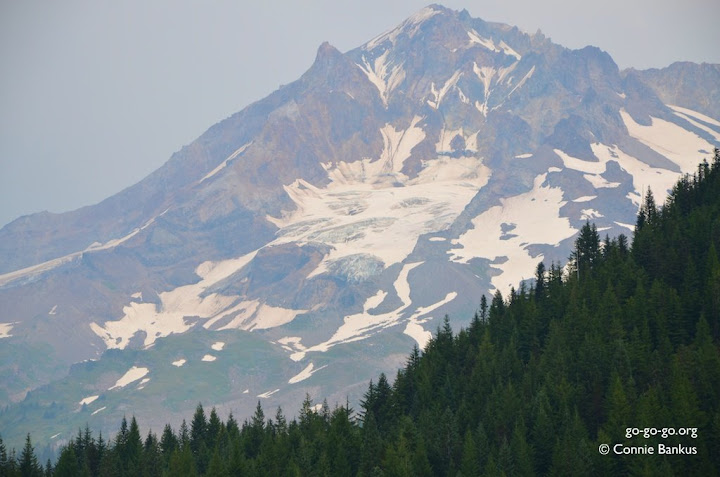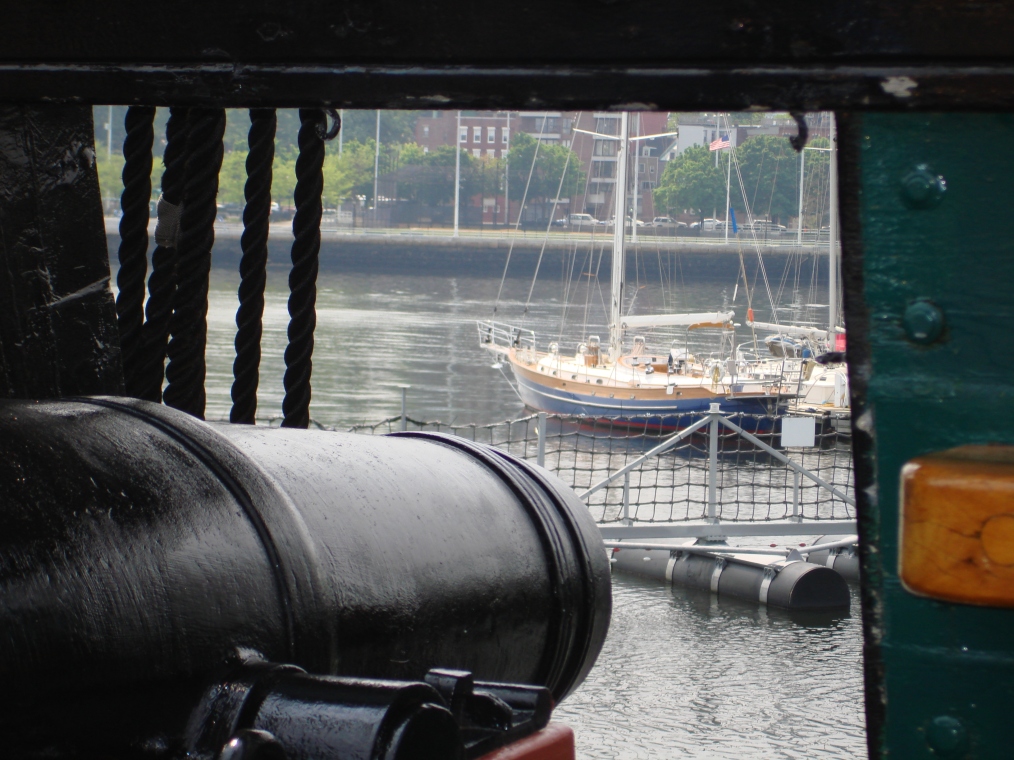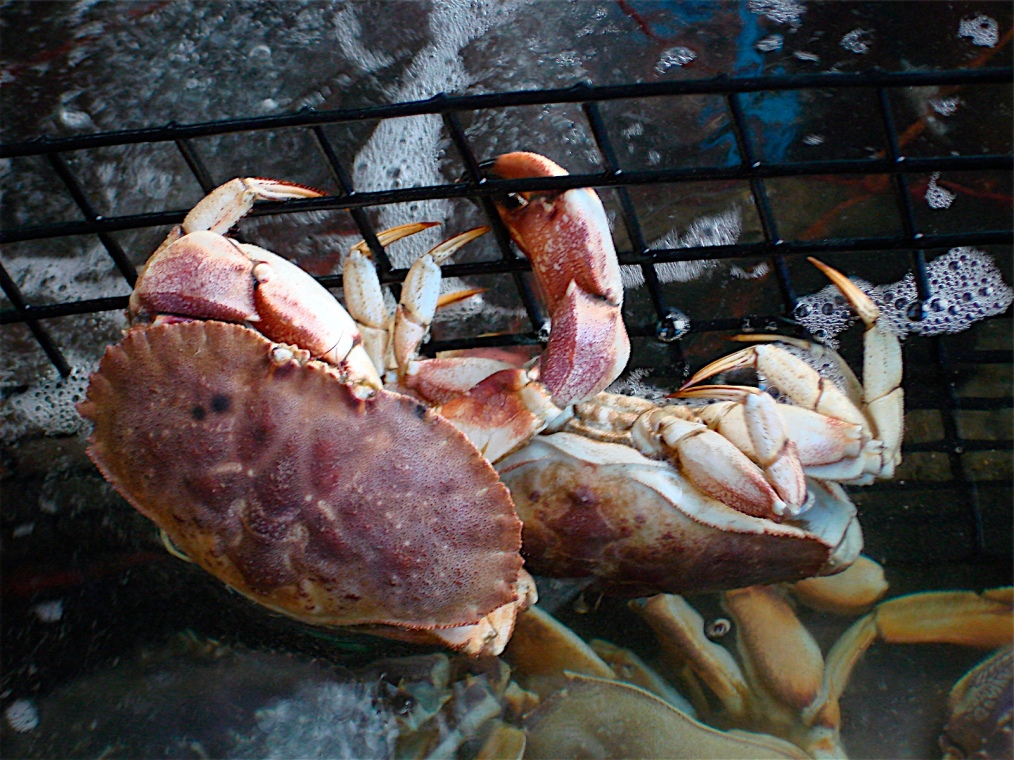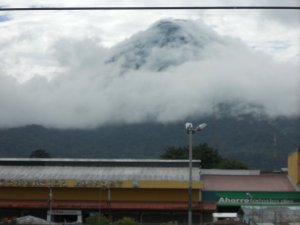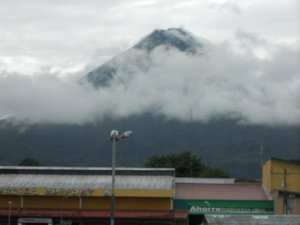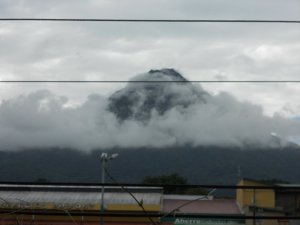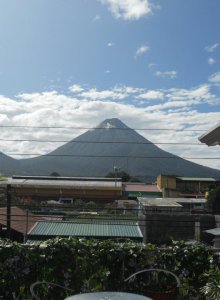If you’re going to spend the time and money to take a trip, you want to hold on to it and share it. Your own memories are priceless, of course, but to augment them, there are plenty of options for documenting your experiences.
Photos
The most obvious choice. Everybody takes vacation photos, because everyone takes photos of everything these days, and shares it on Facebook and Instagram and eight million other obnoxious things. I should know–I do this. Take lots of pictures, since it doesn’t cost you anything to snap away a few more times to get it right. But also take time to look directly at the thing you’re taking pictures of. Remember to actually have the experience you’re documenting. And don’t forget to take pictures of people, including yourself. Sure, that view is great, but what you’re going to want, many years from now, is that view with you and your dad standing in front of it.
Videos
I hate videos. If there’s one thing I find more awkward than looking at pictures of myself, it’s hearing myself speak and move. I can’t believe people put up with it every day. However, they’re great for capturing some moments, like a traditional dance or the running of the bulls. Because videos tend to be longer and thus take more concentration than photos, you want to use video more sparingly, because it takes you further out of the experience for longer.
Audio
I seriously considered taking a pocket recorder on my first trip to Europe with me, and I regret not doing it to this day. I’ve never made audio recordings, but there are some things, like the sound of touts at a street market or a band wandering by your cafe table in Berlin, that I wish I could hear again, to take me back to those moments.
Journals
I’m terrible about keeping a journal on a daily basis anymore, except when I’m traveling. I like taking a little time, either at the end of the night or over breakfast the next morning, to write about what I saw and did and felt the day before. As a writer, putting pen to paper helps me process what I’ve seen and think about what it means. I don’t travel just to see monuments and eat good food; I travel to expand my life, and writing helps me bridge between the two. Also, of course, I can mine those journals later on for posts here.
Souvenirs
My mom and Brooke have already covered this topic pretty well, so I won’t rehash too much. I’m not a huge fan of buying souvenirs, primarily because I’m a minimalist cheapskate, but there a couple of items I’ve bought while traveling that I treasure and that make me happy just to look at them and remember where they came from. For me, I think the souvenir that documents the trip best isn’t the kitschy knick-knack that you saw at every stand; it’s the rare find that catches your eye with a story to go along with it, like the tiny, cramped junk shop I stumbled across while recovering from an illness in Budapest, where I found an ornately painted copper lamp. It didn’t cost much and probably wasn’t worth even that, but I remember the dim light and musty smell of that place like it was yesterday.
Scraps
I can’t think of another way to describe these, but I always save ticket stubs, brochures, transit passes, buttons, and other odds and ends that I collect on a trip. They sit in a box in my closet that I only look at when I move, but for some reason, I like to keep these bits and pieces. They don’t cost anything, and they’re tangible proof that you were somewhere else.
How do you document your travels?

